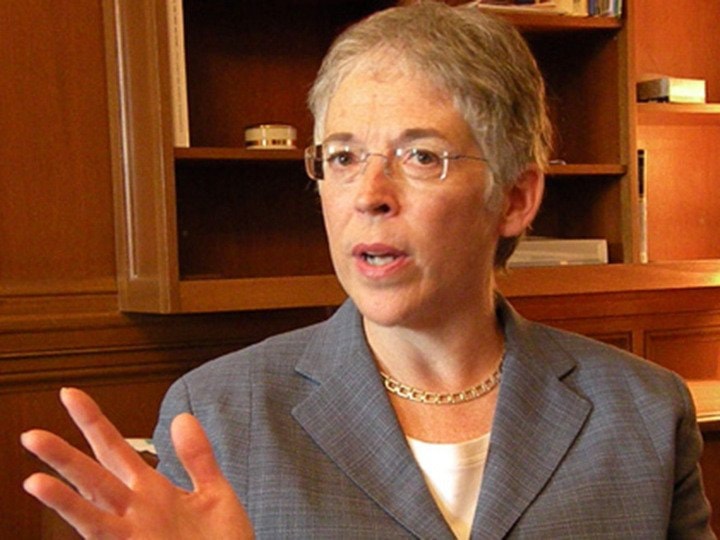by Jeff Nagel and Alex Butler
Though the health minister is confident the province’s health funding formula doesn’t short-change the Fraser Valley, Abbotsford Coun. John Smith is not convinced.
Minister Margaret MacDiarmid said even though the Fraser Health Authority receives the lowest amount of funding of any region on a per capita basis, the region is not being treated unfairly.
MacDiarmid spoke out after critics, including Smith, focused on a recent report by B.C.’s auditor general that shows Fraser Health’s $2.8-billion budget for 2011/12 works out to average spending of $1,585 per resident, much less than other regions.
Vancouver Coastal region receives almost twice as much at $3,000, while per capita spending ranges from $2,370 to $2,550 in the Interior, Northern and Vancouver Island health regions.
MacDiarmid said in an interview the allocations fairly reflect the differing needs of each region.
“The funding formula does make sense, but it’s not a sound bite,” she said.
MacDiarmid maintains that the differences in funding stem from the demographic differences in the regions.
“When you think about the complexity of some of our populations, like the Downtown Eastside, it’s not a matter of one size fits all.”
Smith said that despite the minister’s claim, he has long been convinced the current formula no longer reflects changing demographics.
He acknowledges there are factors that contribute to legitimate discrepancies in funding, but not enough to explain why Vancouver Coastal receives twice as much as the Fraser Valley.
MacDiarmid said Fraser’s growth has been recognized and it gets bigger annual funding increases – more than seven per cent on average over the past six years compared to less than five per cent elsewhere.
But Smith said a greater percentage increase means little when the Fraser Valley’s funding is already so much less.
In terms of per capita spending, MacDiarmid said comparisons to rural regions aren’t valid, since some remote communities require more funding due to cost of providing service. Demographics are also factored in – Vancouver Island has a larger share of aging seniors who are more likely to need medical care than relatively young Fraser.
According to Smith’s analysis of the auditor general’s data, Fraser Health is the only authority to receive a smaller percentage of funding than its percentage of population. He said while Fraser Health receives 28 per cent of the budget for 39 per cent of the population, Vancouver Coastal receives 29 per cent of the budget for 22 per cent of the population.
But Vancouver’s hospitals get more money – there was $1.73 billion in acute care spending in 2011/12 compared to $1.63 billion in Fraser, according to the auditor general’s report.
Vancouver Coastal also got much higher allocations for mental health and addictions as well as population health and wellness, while Fraser got more for residential care and home and community care. MacDiarmid said one reason Vancouver Coastal gets more for acute care is its hospitals are the only ones where some specialized procedures are done.
Also see Farnworth page A11
